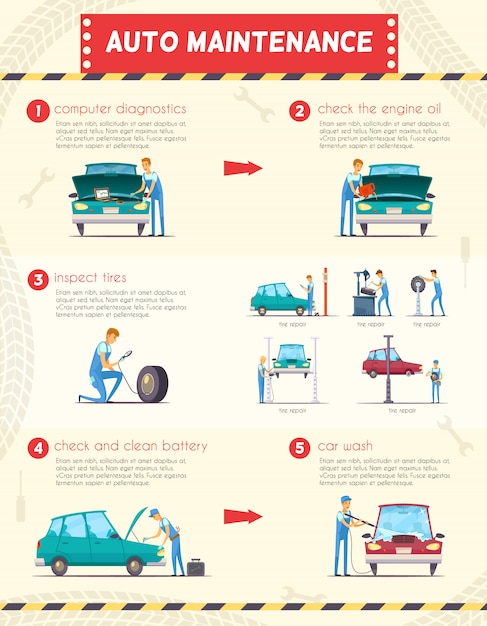But What's The Solution For Spongy Brake Pedals? Discover The Solution Listed Below!
But What's The Solution For Spongy Brake Pedals? Discover The Solution Listed Below!
Blog Article
Article Produced By-Prater Brooks
When it concerns your car's brake system, understanding usual concerns can conserve you from possible safety and security dangers. From recognizing brake pad wear to addressing brake liquid leakages, knowing just how to take on these problems is crucial. However what regarding those mushy brake pedals? There's a fix for that too. Stay tuned to find out more about these concerns and the functional remedies that can keep you securely when traveling.
Brake Pad Wear and Replacement
When it concerns maintaining your lorry's brake system, one important facet to watch on is the wear and replacement of brake pads. Brake pads are vital components that press against the brake rotors to decrease or quit your car. With time, these pads wear down as a result of friction, needing routine inspection and substitute to guarantee your brakes work efficiently.
To figure out if your brake pads need replacement, listen for screeching or grinding sounds when you use the brakes. Furthermore, if your car takes longer to stop or you observe resonances or pulsations when stopping, it might be time to change the brake pads.
Overlooking worn brake pads can cause reduced braking performance, damages to various other brake components, and even brake failure.
Replacing brake pads is a reasonably straightforward process for lots of cars. Nevertheless, if you're uncertain or unpleasant doing this job, it's best to get in touch with an expert auto mechanic to guarantee correct installation and optimal brake performance.
Frequently inspecting and changing brake pads is vital for your security and the longevity of your car's stopping system.
Brake Liquid Leaks and Upkeep
To ensure your automobile's brake system functions ideally, it is essential to likewise focus on brake fluid leakages and maintenance. https://brake-change06173.blogdanica.com/30192996/prepare-to-uncover-the-concealed-treasures-of-automobile-repair-shops-and-acquire-a-deeper-understanding-of-the-vital-services-they-supply is critical for transferring the force from your foot on the brake pedal to the actual stopping device. One common problem with brake fluid is leakages, which can occur as a result of shabby brake lines, seals, or links. If you see a pool or leaks under your cars and truck, it's important to attend to the leakage immediately to prevent a potential brake failure.
Frequently inspecting your brake liquid level is crucial to preserving your brake system. Low brake liquid can lead to air entering the brake lines, which compromises stopping performance.
Additionally, old or contaminated brake fluid can influence the general efficiency of your brakes. It's recommended to adhere to the manufacturer's guidelines on when to transform the brake liquid, normally every 2 years.
Spongy Brake Pedal: Bleeding Brakes
If you have actually ever before experienced a spongy brake pedal while driving, you understand the relevance of maintaining a firm and receptive stopping system. One usual cause of a mushy brake pedal is air caught in the brake lines. When air goes into the brake system, it can cause a loss of hydraulic stress, causing that upsetting squishy feeling when you press the brake pedal.
To settle automotive lighting upgrades , bleeding the brakes is required. Bleeding the brakes includes eliminating the air from the brake lines to recover proper hydraulic stress.
To bleed the brakes, you'll require a helper to help you. Begin by finding https://airliftperformancekits83827.luwebs.com/30871120/are-you-curious-about-uncovering-outstanding-auto-service-center-in-your-area on each wheel, typically located near the brake caliper. With a wrench, loosen up the valve and have your helper press the brake pedal while you observe any air bubbles coming out. Repeat this procedure for each wheel, starting from the wheel farthest from the master cyndrical tube and moving more detailed.
Once you no more see air bubbles and just clear liquid arises, tighten the shutoff and top up the brake fluid tank as required. Hemorrhaging the brakes assists make certain a firm brake pedal and improves general braking performance.
Final thought
Since you recognize usual brake concerns and how to repair them, you can ensure your automobile's security and performance. Remember to pay attention for warning signs like screeching noises or squishy brake pedals, and address them quickly. Normal upkeep and timely substitutes are vital to keeping your brakes in top problem. Keep proactive and conscientious to your brake system to delight in risk-free and reliable driving experiences.
